If you’ve decided to add a fluffy bun to your household, congrats! You’re in for a lot of cuddles, smooches, and playtime. But before we arrive at your home, it’s important to do some prep work.
While we look like little angels, we’re also professional chewers, expert diggers, and surprisingly talented escape artists. If there’s an opportunity, we’ll gladly dig through your carpet and munch on just about everything. Unfortunately, we don’t always understand what’s good for us and what’s not, which is why it’s critical for our homes to be bunny-proofed by our owners.
In this guide, you’ll find all the things you need to know about creating a safe environment for your pet rabbit, including safety issues to watch out for.
Why you should bunny-proof your home
If there’s one thing you should know about us – bunnies – it’s that we’re notorious chewers. Not because we’re annoying, but because our teeth never stop growing. So we need to gnaw on stuff constantly.
We’re not picky either. We’ll gladly put our little teeth on anything we can, no matter how valuable, expensive, or irreplaceable it may be (and yes, your precious wedding photos are no exception).
You might be wondering: what’s the issue? Your bunny will have a cage, won’t he? Well, just like other pets, domestic rabbits are happiest and healthiest when we have the freedom to explore.
To stay fit, we need regular physical and mental activity. Otherwise, boredom can lead us to indulge in destructive behaviors (yes, even more chewing and digging). So even if your bunny has a cage, we’ll spend lots of time outside it, hence why you should bunny-proof your home (or at least one room).
Remember that, like humans, no bunny is the same. Some of us prefer to chew through cords, others like books, magazines, furniture, or baseboards. If you’re lucky, you might get a bunny who prefers their toys more than yours. But still, you should prepare for the worst.
Hide your wires
This may surprise you, but there’s nothing we find more tempting than your wires. Whether they’re computer cables or other electrical cords, we’ll gladly put our teeth on them.
To make sure we don’t hurt ourselves (or damage your things), cover any wires with plastic tubing or cord protectors. You’ll find it in most hardware or electronics stores in all kinds of shapes and sizes. Just remember to check the covers once in a while and replace them if you see any damage.

Use baby gates as barriers
We bunnies are naturally curious and love to put our cute little noses in everything (literally). If there’s an area in your home that’s unsafe, you can use portable baby gates to keep us away. Another option is to make a custom gate. Just make sure there’s not too much space between the wires – our little bums can get stuck, and nobody wants that to happen!
When it comes to the height of the enclosure, assess your bunny’s abilities. On average, we can jump about two to three feet in a single leap. Some of us – more skilled rabbits – even more!
Protect your furniture
Another tempting item for us? Furniture! Many pet rabbits enjoy chewing on kitchen cabinets, chair legs, and baseboards. One easy way to bunny-proof these things is to use a cover, for example, a cat scratcher. You can also get a product with a terrible flavor rabbits hate, such as Grannick’s Bitter Apple (available in most pet stores). Just keep in mind that some of us may not be too fazed by the taste, so it’s not a solution for everyone.
It’s also important to give us safe alternatives, like chew sticks, baskets, or wooden blocks. Make sure all toys are made of natural materials and haven’t been treated with chemicals.
Keep us away from your plants
Whether it’s flowers in your garden or houseplants in pots, you have to be careful. Some plants (like daffodils, amaryllis, mistletoe, and philodendron) are toxic to furry friends like us, so it’s critical to keep them out of our reach. We don’t know what's poisonous and what’s not, so we’ll just eat whatever we find.
Also, watch out for falling leaves, especially from hanging plants!
Make sure there’s no place to get stuck
Another quirk about us? We love playing hide and seek, especially under furniture that’s hard for humans to reach. This instinct helps us in the wild, but it can be dangerous in a home. You’d be surprised at the places we can get stuck – heating vents, toilets, recliners, you name it. That’s why it’s important to block off spaces under couches, beds, and any furniture that might trap us.

Prevent us from digging at the carpet
One of our favorite things to do? Digging. But don’t blame us, it’s natural behavior! Female rabbits, for instance, build tunnels in the wild to nest with their babies. You might think, ‘Not a big deal – the bunny won’t be outside anyway.’ Well... wrong. Your carpet is the perfect place to dig!
So what can you do to protect it from our little feet? If possible, use bunny-friendly low-pile carpeting that’s less appealing to us, or cover our favorite digging spots with a plastic mat. Some bunny parents also use large ceramic tiles!
Keep us entertained
What’s the secret to a happy bun? Having the chance to exercise our natural behaviors. That’s why one of the most important parts of bunny-proofing your home is giving us lots of toys. We love hopping through tunnels, shredding old papers, chewing wooden toys, and even tossing balls. A fun idea is to put some rags in a box so we can dig around to our heart’s content.
And no need to spend a fortune – some of our favorite toys are DIY!
Final thoughts
Don’t be fooled by our cute little faces! Without proper bunny-proofing, we can cause a lot of trouble – not just for your home, but for our safety too. Even when you think you’ve covered everything, there’s always something new to discover (and chew). So don’t treat bunny-proofing as a one-time project – it’s an ongoing process.
Want to learn more about bunnies like me? Follow my blog!
FAQ
1. Do I need to bunny-proof even if my rabbit is free-roaming only part of the day
Yes, you do. Give us five unsupervised minutes and we’ll find a wire, a baseboard, or the one plant leaf you forgot to move.
2. Can’t I just train my bunny not to chew stuff
Sort of. While you can redirect chewing with positive reinforcement and offer alternatives like toys or chew blocks, rabbits act mostly on instinct. That’s why bunny-proofing is so important.
3. Is bunny-proofing a one-time job
Nope! As we bunnies grow more confident (and clever), we often find new ways to explore – or get into trouble. Bunny-proofing should be checked and updated regularly.
If you’ve read this far, I know you care —
and that’s what makes all the difference for our furry friends. Thank you.
Paws and kisses,
Chester the Bunny 🐰














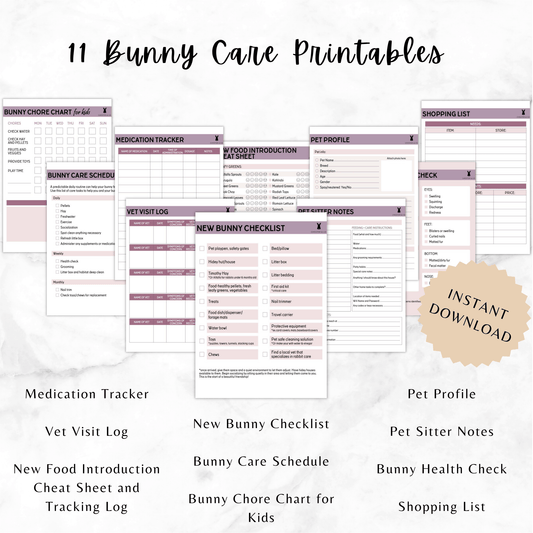

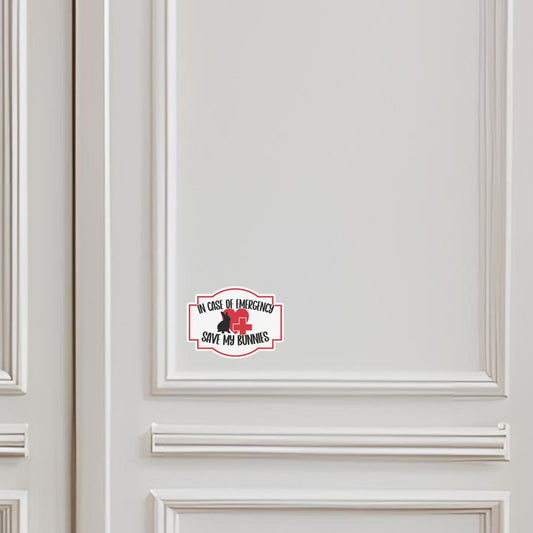

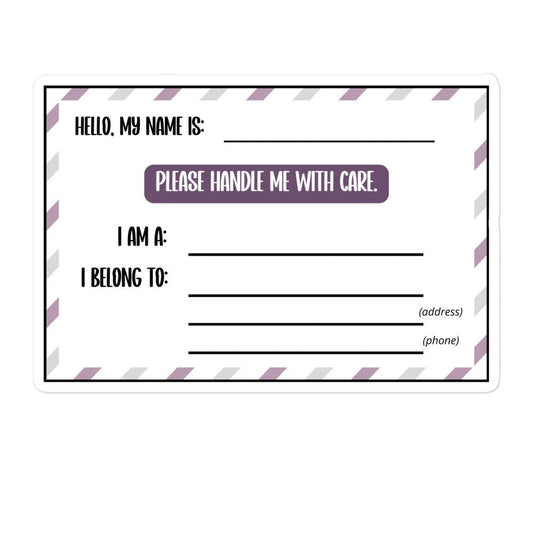
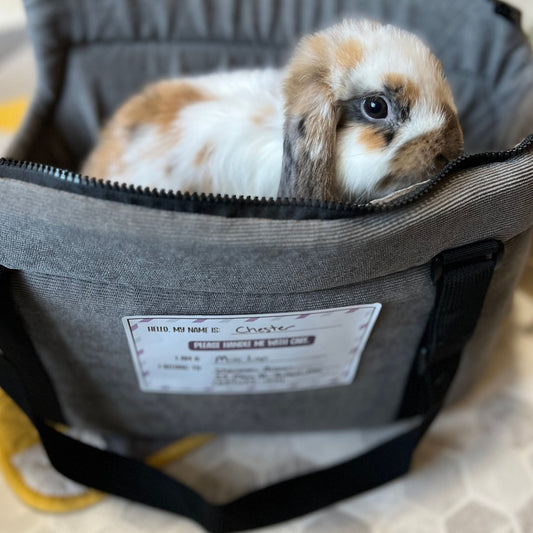
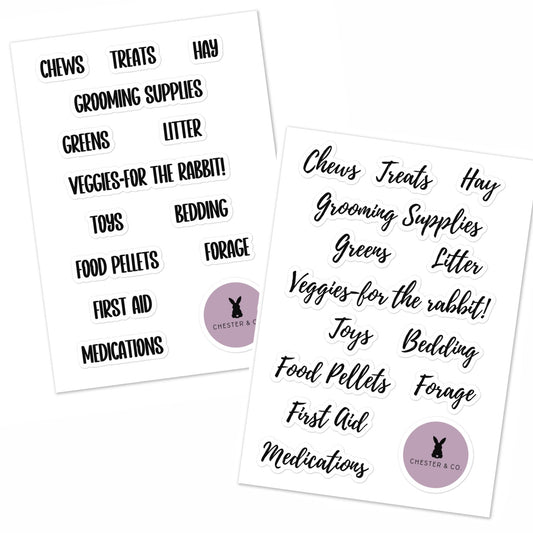
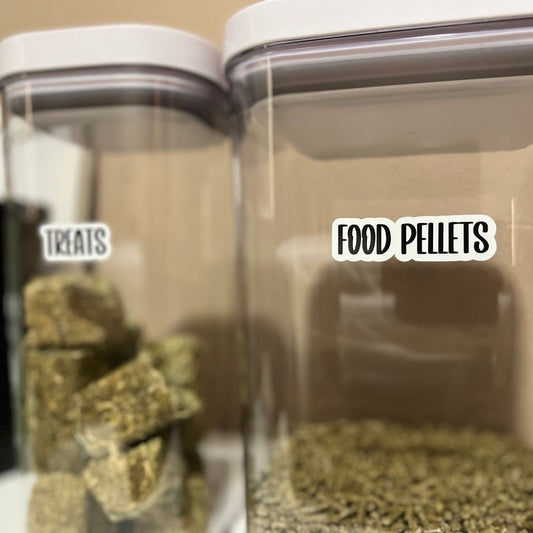

1 comment
Another buntastic blog! You are always so good about covering everything that bun parents need to know – and do! Pawsome job.